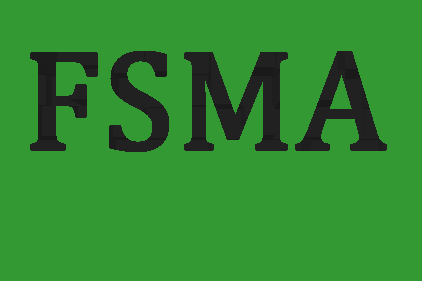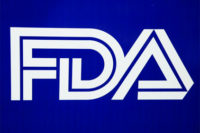
The Food Safety and Modernization Act (FSMA) required FDA to develop a comprehensive plan to expand the technical, scientific and regulatory food safety capacity of governments and food industries of foreign countries. The recently released International Food Safety Capacity-Building plan incorporates FSMA’s principles of comprehensive prevention, risk-based resource allocation and partnering into a comprehensive strategic framework for international food safety capacity building.
FDA worked with stakeholders including representatives of the food industry, officials from other federal agencies, foreign government officials and non-governmental organizations representing consumers’ interests to create the plan. It includes recommendations for bilateral and multilateral agreements including that of exporting countries to ensure food safety; provisions for ensuring the security of electronic data sharing; provisions for mutual recognition of inspection reports; training foreign food producers and governments on US requirements for safe food; recommendations on whether and how to harmonize requirements under the Codex Alimentarus; and provisions for multilateral acceptance of laboratory methods and testing and detection techniques.
The recommendations make up four key goals: ensure efficiency across the Foods and Veterinary Medicine Program (FVM), increase effectiveness through evidence-based decision-making, support the exchange of information between FDA and foreign government agencies or other entities and enhance technical assistance and capacity building in food safety.
FDA says ensuring the safety of both domestically produced and imported food has become more challenging as the US increases the amount of food it imports. Between 2002 and 2010, the number of instances of reported food import entry lines nearly doubled from 4.4 million to 8.6 million. In 2011, about 15 percent of all food consumed in the US was imported.
As imports become more prevalent, supply chains have become more complex and chaotic. As a result, FDA says it must move its focus upstream in the supply chain rather than continue to rely on inspection at ports of entry. Doing so requires FDA to engage with overseas regulatory counterparts, overseas food industries and regional and international food organizations.
The plan’s first goal is to ensure efficiency across the Foods and Veterinary Medicine Program. FDA’s FVM program established a number of internal working groups to recommend implementation procedures for various FSMA provisions, and the import plan benefitted greatly from the information and guidance generated by these teams.
Key actions related to the plan fall into two main areas: ensuring collaboration across the FVM and maximizing collaboration within FDA. To ensure collaboration across the FVM, FDA will consult other agencies and groups and develop processes to ensure collaboration, communication and timely decision making. It will also ensure integrated planning across agency components involved in the implementation of relevant FSMA provisions by leveraging the experiences and work of the FSMA working groups mentioned above.
To maximize coordination within FDA, the agency will implement key actions of the plan effectively and efficiently by monitoring and evaluating outcomes. It will also manage risk-based priority setting and resource allocation and other strategic management functions on an integrated, program-wide basis. Finally, FDA will ensure integrated planning and policy development and efficient, timely decision-making in FVM through ongoing communications.
FDA’s import capacity building plan’s second goal will be to increase effectiveness through evidence-based decision-making. To support that goal, FDA will seek to enhance product- and country-specific intelligence from venues including open source intelligence, domestic and foreign inspections, foreign offices and import programs. It will utilize that intelligence to inform risk-based decision-making for setting capacity-building opportunities and priorities.
FDA also plans to utilize various countries’ food safety self-assessments to target technical assistance and capacity-building efforts, while accounting for the interest of those countries and their willingness to address needs identified through assessment. Consistent with FDA’s FVM Strategic Plan, the agency will use a comprehensive performance management system to track performance and progress in international capacity building. By establishing clear links between efforts and results, performance management systems will help determine whether progress has been achieved and where future efforts should be focused.
FDA’s third goal related to import capacity building will be to support the exchange of information between FDA and foreign government agencies or other entities. FDA plans to support bilateral and multilateral arrangements with foreign governments, including provisions to provide for the responsibility of exporting countries to ensure food safety. It will also establish new or identify existing mechanisms to support secure electronic data transfer with foreign governments and other entities and explore the appropriateness of relying on mutual recognition of inspection reports.
Goal four focuses on enhancing technical assistance and capacity building in food safety with agencies including USDA, Food Safety Inspection Service (FSIS), EPA and the National Oceanic and Atmospheric Administration.
FDA says it may ultimately develop a more specific, detailed framework for implementing its capacity-building plans. In the meantime, this plan will contribute to the expansion of technical, scientific and regulatory capacities of foreign governments and their food industries. Read the entire plan here.


